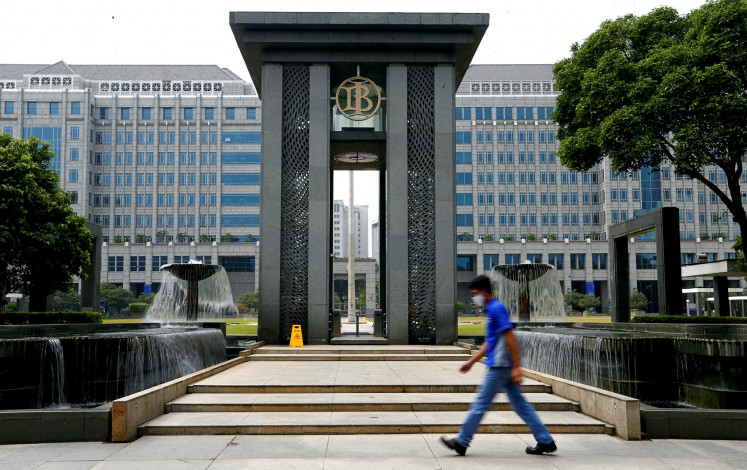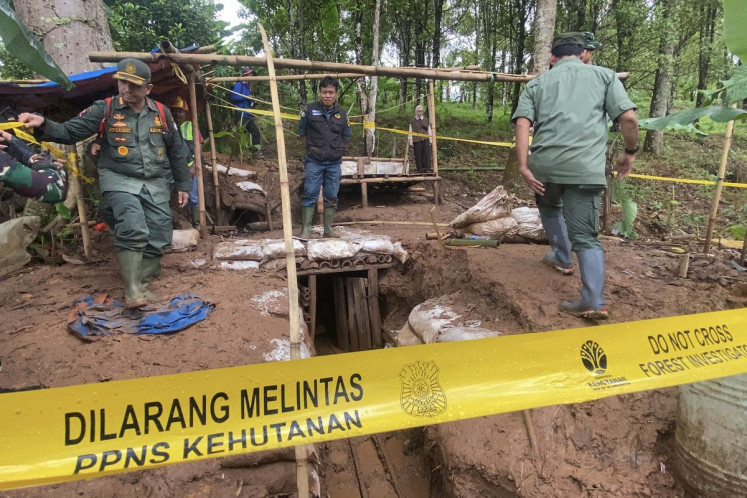Popular Reads
Top Results
Can't find what you're looking for?
View all search resultsPopular Reads
Top Results
Can't find what you're looking for?
View all search resultsNorth Bali coast boasts major pearl producers
Local pearl producers operating in northern Bali’s coastal villages have begun to develop world-class techniques that could see them rival some of the world’s biggest oyster producers
Change text size
Gift Premium Articles
to Anyone
L
ocal pearl producers operating in northern Bali’s coastal villages have begun to develop world-class techniques that could see them rival some of the world’s biggest oyster producers.
A number of pearl breeding and producing companies are now operating in several villages in Gerokgak, Penyabaan and Tejakula. Among the companies are Atlas South Sea Pearl, Oricho, Cendana, Disthi Komala Bahari, Disthi Mutiara Suci, Baruna Bali Jaya and many others.
I Nyoman Sutrisna, head of the Buleleng Fishery and Marine office, told The Jakarta Post that the regency’s coastal zones were rich in marine and underwater treasures, including pearl oysters.
“We are now developing Pemuteran, Gerokgak and other smaller villages there as the regency’s marine and underwater research and development center,” Sutrisna said.
Pemuteran is now famous for its underwater and water sport activities.
Gerokgak is being developed as the island’s fishery center because its coast is rich in fish, shrimps and oysters.
Based on data from the fishery and marine office, a 250 hectare swath of water stretching from Gerogak to Kubutambahan has been earmarked as a potentially suitable area for pearl breeding.
“So far, local pearl producers have only developed 130.9 hectares in Gerogak village,” Sutrisna added.
Pearl breeding companies have supported the regency’s economy and have absorbed local employment.
Pearl producing firm Atlas South Sea Pearl, for example, employs local divers, staff and pearl breeding experts.
Luh Widiani, a technical worker at the company, said pearl breeding used to be handled by experts from Japan and other foreign countries.
“These experts later trained local staff for at least three months to acquire the knowledge. After the training, the locals were not yet ready to breed oysters. It took at least one year for a local worker to master the pearl breeding skill,” Widiani explained.
A local employee earn between Rp 950,000 (US$111) and Rp 5 million a month excluding health and other benefits.
She said the company produced 250,000 pearls of international standard quality per harvest season.
Every year there are three harvests. After processing, the pearls are shipped to foreign destinations like Hong Kong and Australia.
The pearl industry has contributed significantly to the regency’s revenue. Every pearl breeding center in Buleleng has to pay a rental fee of Rp 500,000 per hectare of farm area per year.
— JP/Alit Kartarahardja










